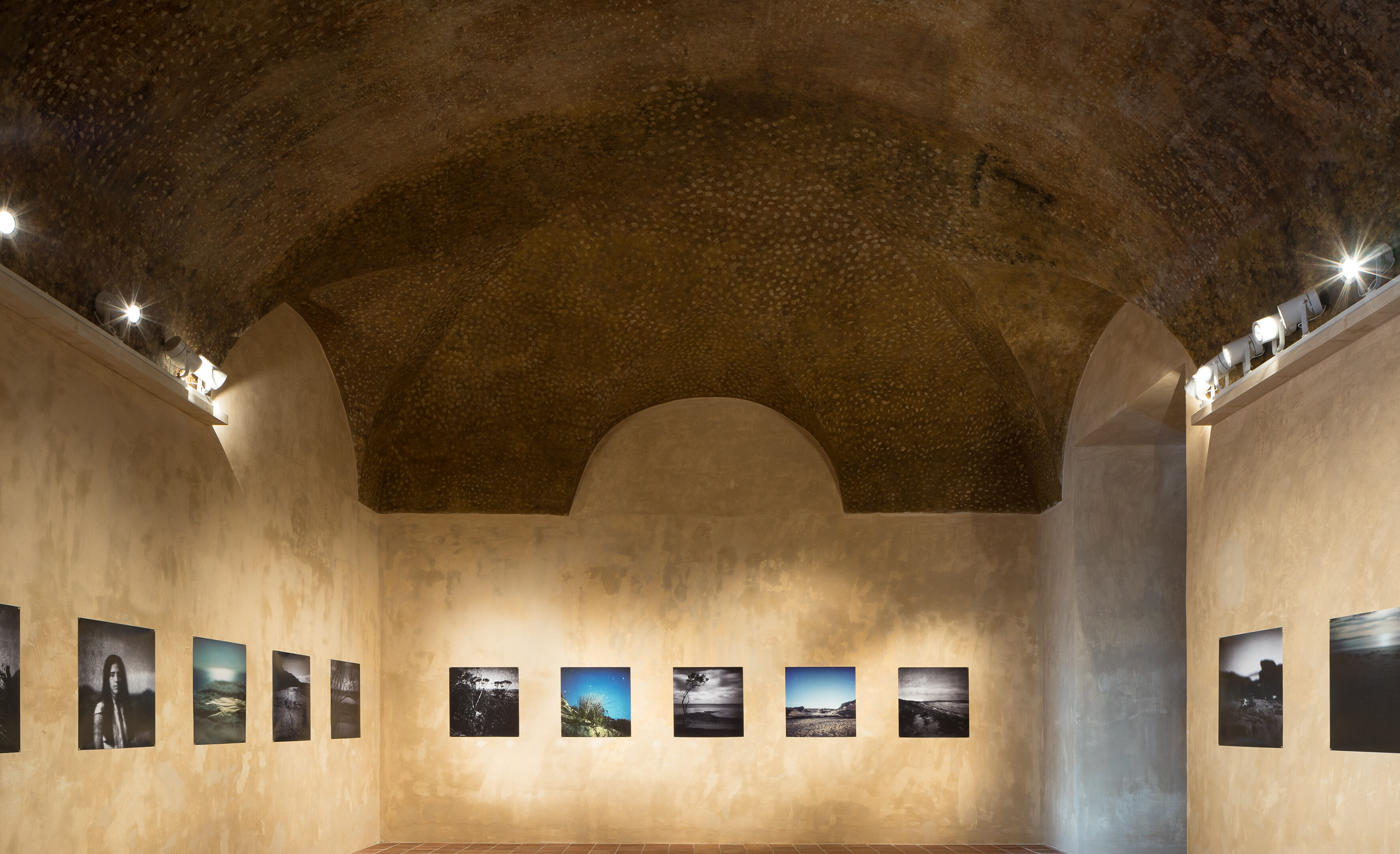The work of Kristýna Erbenová, a graduate of the art photography programme at Opava’s Silesian University, shows the influence of her recent more than two-year stay in Australia.
03. 02. 2019

The work of Kristýna Erbenová, a graduate of the art photography programme at Opava’s Silesian University, shows the influence of her recent more than two-year stay in Australia.
The work of Kristýna Erbenová, a graduate of the art photography programme at Opava’s Silesian University, shows the influence of her recent more than two-year stay in Australia. Erbenová hails from the nearby town of Kolín, which – thanks to figures such as Jaromír Funke, Josef Sudek and Eugen Wiškovský – is known for its modern photography tradition. Erbenová offers a new take on this artistic heritage through her innovative approach and fresh and introspective look at reality.
Her photographic project Moondust, which is subtitled We Will Be Bones, shows the depths of her experimentation. In terms of both form and subject matter, it is closely related to her earlier series In the Darkless, in which she recorded her night-time explorations of landscapes illuminated only by the moon and stars. The lonely wandering through space amplifies her sense of perception, sharpening the senses as she switches to an intuitive and instinctual level.
She herself offers the following explanation: ‘I am like a hunter lying in wait for a movement, for the ideal composition, for an interesting shape or flash of light that suddenly appears in the darkness. I never know what the photographs will look like. I never see clearly.’
Working in the dark, she seeks out original, strange and unusual places, which she photographs using time exposures. She discovers – for herself and for us – what the world might look light if we could see in the dark. Over time, she takes friends and acquaintances on her moonlight expeditions, thus adding another dimension and psychological layer to these outings. She places her figures into the wild outdoors and photographs them in a process that includes ‘fragile moments’ filled with both calm and tension. The participants spend several minutes frozen in concentration, surrounded by silence and the moonlit night. The photographer and her subject interact through a sense of energetic tension and connection. The results are experimental portraits, physically imprecise records that – thanks to the flow of the night-time – reveal the things that lie below the visual skin/mask. These figural photographs capture another (perhaps more realistic) image of the subject’s inner world.
Her intimate Australian series Moondust takes the same approach. Here, Erbenová comes to terms with a new situation in life – loneliness, anxiety, loss of certainties and a sense of uprootedness. People disappear from the photographs, and the main focus is the new continent. She is fascinated by untamed nature, but also by places whose aesthetic recalls the surface of other astronomical objects. Again, she sets out to explore the night-time existence of the landscape, although this time with a greater focus on macro shots: close-ups of earthly structures, the pores of rocks, natural objects. On her wanderings, she randomly encounters rotting bodies, abandoned shells or animal bones. These symbols of life and death do not horrify her – instead, she intensely feels the ever-present finality of life in all its naturalness as an integral part of all life.
Erbenová’s solitary nature is thus imprinted into contemplative and mysterious images that form a counterpoint to reportage or documentary photography. The found objects, structures or landscape motifs – or, on rare occasions, people as well – are personal reflections of the atmosphere of the places she visits. At the same time, an important role in her work is played by the return to natural wildness, by the experience of personal freedom, by an acceptance of death as a fact of life and by an awareness of unity within the order of the universe.